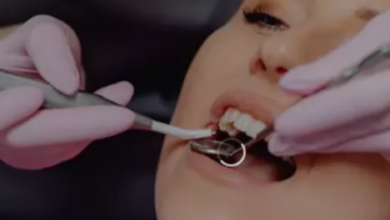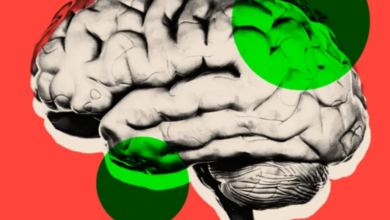Unraveling the Koala Retrovirus Enigma: A Genomic Journey for Conservation

The San Diego Zoo, home to the largest population of koalas outside Australia, faces a significant challenge in preserving their koala population due to the Koala Retrovirus (KoRV). Unlike most retroviruses that naturally integrate into an organism’s genome over millions of years, KoRV’s recent endogenization within the last 50,000 years poses a threat to koalas’ health.
READ: OAS to Step in as Mediator in Guatemala’s Power Transition Crisis
Koala Retrovirus
The virus is linked to fatal conditions such as susceptibility to bacterial infections, leukemia, lymphoma, and other cancers, affecting 100% of koalas in North America.
KoRV subtype A is endogenous, present in both the zoo’s koalas and most wild koalas. However, subtypes B, C, and others remain exogenous, causing serious health issues. The San Diego Zoo employs meticulous breeding practices to manage genetic diversity, ensuring careful records of kinship to prevent the spread of harmful KoRV subtypes.
To address the lack of genomic understanding and causal links between KoRV and health issues, the zoo initiated the iConserve Koala Retrovirus Sequencing Project in collaboration with Illumina. The project involves whole-genome sequencing of five koala generations, representing the largest pedigree of any koala genomic database to date. The aim is to correlate KoRV integration patterns with known causes of death, enabling predictive assessments of koalas’ health risks based on their genomic data.
The study’s implications extend beyond captive koalas, offering insights into managing wild populations facing habitat loss and fragmentation. By identifying populations most at risk and removing additional stressors, conservation efforts can create environments where koalas adapt to KoRV naturally.
While retroviral endogenization is a natural process, human-induced environmental changes necessitate intervention to support koalas’ survival. The iConserve study pioneers a multidisciplinary approach to understand the mechanisms of KoRV endogenization, potentially guiding conservation strategies for koalas in their native habitat.






